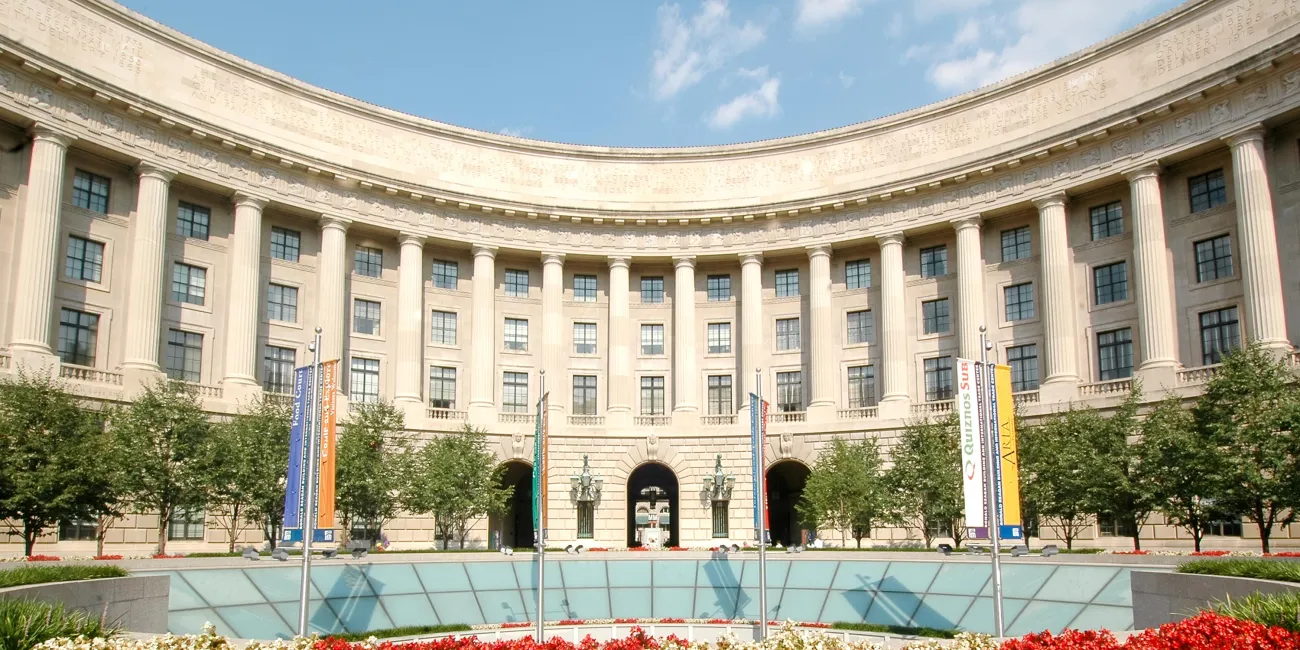COVID, the Economy, and the Municipal Market

A combination of high debt, low interest rates, and supply and labor shortages has contributed to inflation. Some of this impact is the direct result of the COVID pandemic. COVID has also caused distress in certain vulnerable sectors. It appears that inflation and COVID may be here to stay, at least for the immediate future.
In the aggregate, our economy currently has more debt as a percentage of GDP than it has ever had in its history. Prior to 2020, Gross Federal Debt to GDP peaked at 119% in 1946. This very high ratio was on account of tremendous wartime deficit spending needed to fight World War II. This peak was recently surpassed in 2020 when Gross Federal Debt to GDP reached 134%.
Gross corporate debt to GDP was at an all-time high of 55% in 2020. This is compared to a ratio of about 45% in 2008.
Consumer debt to GDP was about 80% in 2020. This percentage peaked at 100% in 2010.
Bottom line is that the economy is flush with debt in all sectors. Interest rates have been at historic lows. Due to the impact of COVID, we now have supply shortages. And, we have an unstable labor market with labor shortages in many industries. A combination of extremely low interest rates, record aggregate debt, labor dislocation resulting in increased wages, and supply shortages has set the stage for meaningful inflation - presently at an annual rate of 6.8%.
It is unclear how long inflation will last. Federal Reserve Board Chair Powell stated initially that inflation was “transitory,” meaning that it won’t leave a permanent mark. Powel has since indicated that the term should not be used to describe the current situation, and that active measures need to be taken “to make sure that higher inflation does not become entrenched.”
Inflation is coupled with pockets of distress in sectors most vulnerable to the impact of COVID. Unemployment is at 4.2%, down significantly from 13% earlier in the pandemic. Although this is still slightly higher than pre-pandemic levels of 3.8%, the increase in labor demand has been dramatically outpacing labor supply.
Where Will the Economy Go From Here?
Will shortages resolve and lower the inflation rate? Will distressed sectors stabilize? While no one knows the answers to these questions, there is great uncertainty.
Only 60% of the population in the United States is vaccinated. Worldwide, these percentages are much lower. With such low rates and with ideological resistance to vaccines in the United States, COVID will continue to impact people’s lives and the economy. In addition, given these realities, various mutations are very likely to develop and some may be resistant to existing vaccines. COVID will continue to have an impact on the economy unless and until its effect on commerce becomes more like that of seasonal flu. This transformation will be driven by a combination of mutations towards a milder form of the disease and the development of COVID treatments that will independently reduce mortality and morbidity of the disease. The process will likely take at least a few more years. Mutations have so far produced more virulent strains. In addition, although treatments are becoming more available, full-scale production and distribution of the more promising drugs are currently targeted to ramp up by the end of 2022.
In the meantime, while not as dramatic as its initial economic impact, COVID will likely continue to have a meaningful effect on the economy. The government will have a limited ability to mitigate this impact. It appears that the Federal Reserve Board will wind down its program of purchasing securities on a more expedited basis. This will have the impact of creating less stimulus in an attempt to limit inflation.
However, to control inflation, the FRB will likely need to raise the Fed Funds Rate with the goal of increasing interest rates. The increase in interest rates will be an attempt to contract growth in order to lower inflation. Such a development would have other impacts. It risks causing a decline in the stock market, which has been buttressed by low interest rates. It may also exacerbate distress in sectors already struggling, since as corporate and municipal debt matures, higher interest rates will pose a risk of failed refinancings and defaults. Therefore, the steps the FRB may be forced to take to control inflation may have a recessionary impact on the economy.
What May All This Mean for the Municipal Market?
First of all, there is a risk of prolonged challenges in certain sectors. If COVID remains disruptive for a few more years, revenue generation will continue to be negatively impacted on account of things like less travel, fewer people attending school, and reluctance of seniors to live in group facilities. In addition, expenses will rise with growing inflation. This combination of less revenue and higher expenses will negatively impact such sectors as senior living, student housing, hotel/convention centers, universities, and public transportation. Construction projects of all types may be adversely impacted. Assuming Federal aid subsides, certain municipalities may also face challenges. In summary, persistence of the pandemic’s impact is likely to create credit issues by directly impacting the bottom line.
Secondly, the persistence of the pandemic requires a critical re-evaluation of a fairly common approach to addressing COVID’s initial impact. A number of projects have faced liquidity issues as a result of the pandemic, resulting in draws on reserves. In many cases, these liquidity shortfalls have been seen as short-term issues caused by COVID that can be expected to resolve themselves as the impact of the pandemic wanes, which was expected to occur before the reserves are depleted. This assumption may no longer be correct. As and if the impact of COVID and inflation continues, net operating income declines on various projects may persist, although to a lesser degree than early on in the pandemic. For many projects, if not entire sectors, there will not be a return to normal for some time. Meanwhile, the continuing liquidity bleed may deplete reserves resulting in payment defaults. In essence, unless addressed, a longer than expected COVID impact may transform liquidity issues into credit issues.
Thirdly, and critically, if the FRB raises interest rates to combat inflation, then the municipal market may lose an important tool needed to address the liquidity and credit issues discussed above. Higher interest rates will undoubtedly impact borrowers’ ability to refinance debt. Struggling credits in need of restructuring will no longer be able to benefit from favorable interest rates. In addition, maturing municipal debt may face challenges being refinanced, leading to additional defaults. Limited ability to refinance credits out of trouble requires an even more proactive approach in order to avoid deepening liquidity shortfalls to the point of no return.
To date, COVID, along with the government’s response to it, has resulted in inflation and pockets of distress. If and as long as COVID continues to pose a serious threat to our lives, it will likely continue to present economic challenges that cannot be easily met without economic dislocation. This will likely create ongoing stress in certain sectors of the municipal market and attempts to control inflation may eventually result in a recession. Municipal market participants need to be vigilant in monitoring liquidity and the impact of growing inflation.
Contacts
- Related Practices

